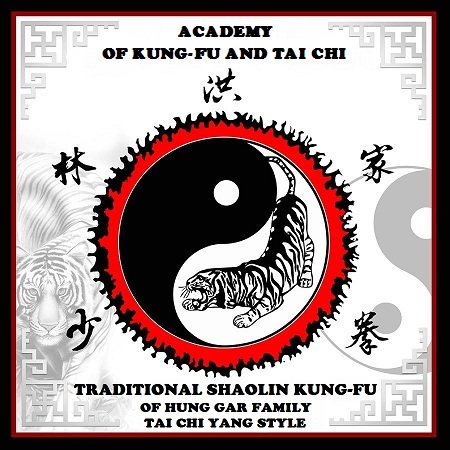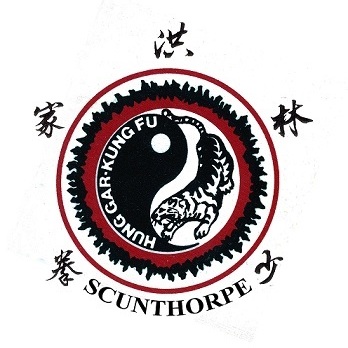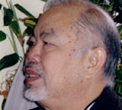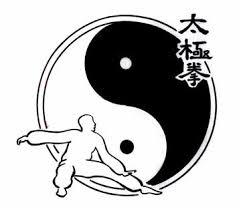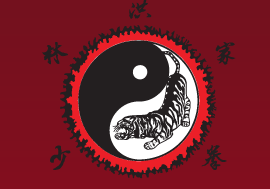
SCUNTHORPE ASSOCIATION
OF KUNG-FU & TAI-CHI
TRADITIONAL SHAOLIN KUNG-FU
OF HUNG GAR FAMILY
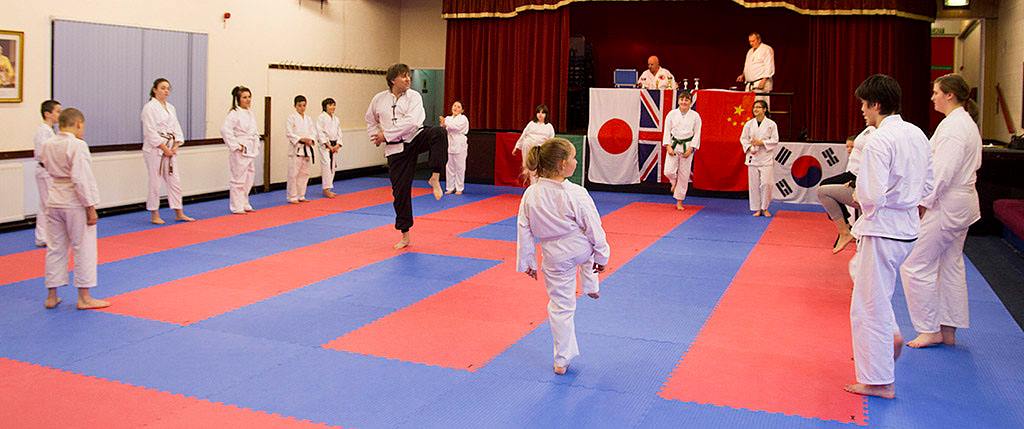

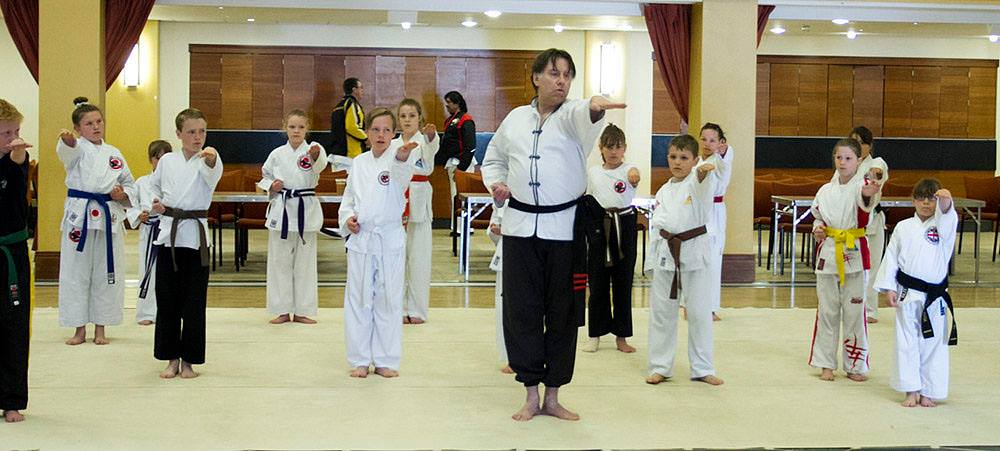
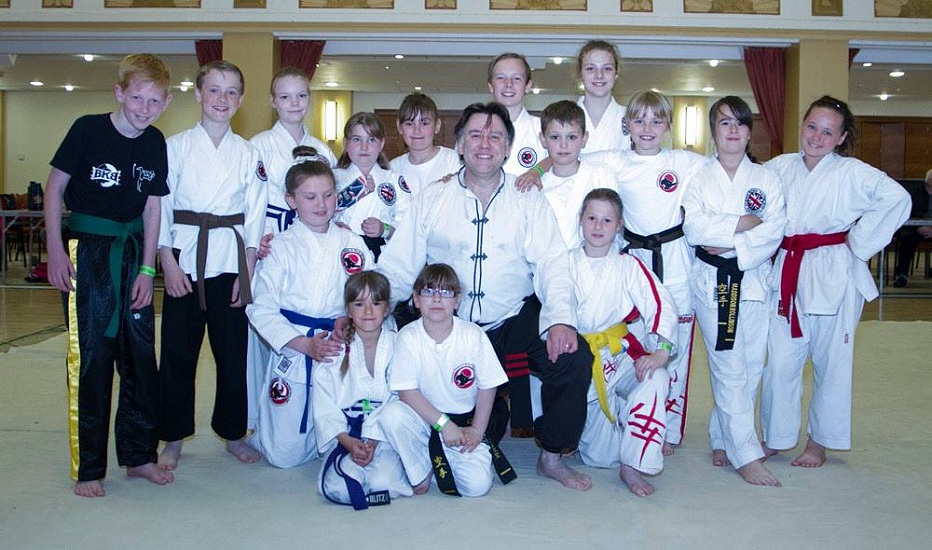
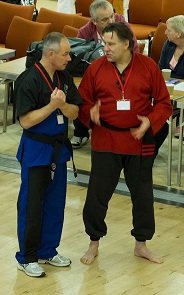
History of the HUNG GAR style by Great-Master Vang Ngoc Ha
Master Vang Ngoc Hà been born on January 1st, 1938 to PAKHA, province of Lao Kay of Vietnam ( Vietnamese Sino border). He arrived to Vientiane capital of Laos in 1962. It is there that he met Master VONG VAN HOA, and became his pupil, then his apprentice. Master VONG VAN HOA was born to QUY LAM province of Canton of the South of China, in 1915.
Stemming from a family of noble men of letters, he was formed by three Masters considered in five major arts: the calligraphy, the chess, the literature, paintings and of course the Kung fu with the traditional medicine. During the World War I, he took refuge in Vietnam in 1945, then in Laos in 1954. He emigrated in the United States in 1978, and died in San Francisco in 1993
Introduction Au Hung Gar. Kung Fu (Hong Gia VO Dao) :
According to the story which told Master Vong Van Hoa:
In 1644, the Manchus broke out on China, and the dynasty Qing (Tsing) replaced the dynasty Ming until the year 1911.
The survivors flowed back southward, far from the Manchu bases; pursued mercilessly, the Ming loyalist, among whom the numerous well-read notables, took refuge within religious communities into the mountains of the South.
The Siu Lam (Shaolin) school was dangerous for new masters of the Empire: the loyal supporter Ming took refuge with it and worked ceaselessly in the restoration of the dynasty Ming: Fu Ming, Fan Qing.
It is necessary to know that the emperor of the Qing, Quin Long, was an intelligent politician: he formed groups of counter-intelligence which divided the schools of Kung fu by using the slander, pulling these in terrible fratricide fights.So he finished these schools according to their exhaustion. The elimination of the school Siu Lam came, in her turn.
The emperor Quin Long knew that the loyal supporter Ming took refuge with it. He ordered his troops to attack wildly and to destroy the temple Siu Lam built on the mount Shao Shi in the chain of Shong San from the province of Hunan (South). So the star of the Martial arts was crossed off from the history, thirteen centuries after the coming in the temple of Bodhidharma, from India.
The temple of Siu Lam was destroyed at the beginning of the XVIII century, in approximately 1730. The last leader was the monk Chee Sin. Chee Sin was betrayed by his brothers and finally killed by his brother Pak Mei Tao Dzan, the man with the white eyebrows.
Among the followers of Chee Sin, five were able to escape the massacre by the troops Qing; they were: Hung Hy Quan, Lau Sang, Choy Fouk, Ly Dzao San and Mok Tsing Kiu. They took refuge with the South, still favorable in Ming. To restore the Siu Lam school, and by precaution, these five monks founded by mutual agreement five news school carrying their surname: Hung-Gar Khuyn, Lau Gar Khuyn, Choy Gar Khuyn, Ly Gar Khuyn and Mok Gar Khuyn. We consider that the old style Siu Lam is contained in the teaching gathered by these five schools. These five monks are at the origin of what we named later the five big families of the martial arts: lung Lam Ung Tai Ming Gar.
In these five families, Hung-Gar is the major style. Hardly of his techniques and a patriotic spirit, Hung Hy Quan, on one hand, taught Hung-Gar and on the other hand, organized the resistance of the dynasty Qing. Finally, he was not able to escape the massacre and was killed by the man in the white eyebrows, Pak Mei, traitor of Siu Lam.
